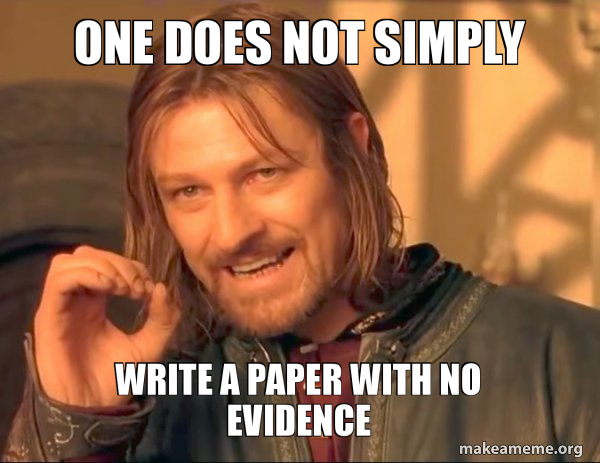Written by Sam Steelman
Celeste Ng tells a breath-taking story of the war between social classes, the chaos of parenting, the differing opinions centered on morality, with a “love prevails all” message, all in the confinements of a small town. This story forces the reader to look at controversial situations from both perspectives. It provides anyone who reads this book with a widened view as to why people choose the life decisions they do.
In all honesty, it took me a couple tries to be completely immersed in this novel. The first chapter grabs you by the throat. However, the second chapter takes its sweet time setting the scene. I now can understand and appreciate the slow parts of this novel because it was taking necessary time to develop these wonderfully complicated characters. The character progression in this novel is a beautiful experience. Seeing Mrs. Richardson’s complete loss of control and her youngest daughter, Izzy’s, reclamation of her own control is a meticulously written mother-daughter clash.
Mrs. Richardson’s character is intricate and complex, mean-spirited and vile, wrapped in a pretty bow to maintain an upstanding reputation as a small-town reporter stuck in her hometown. She forces herself to believe that staying in Shaker Heights was her plan in order to keep herself from feeling like a bird forever confined to its cage. I personally found Mr. Richardson to not be relevant to the story at all, except for his involvement with the McCulloughs. Other than that, he contributes almost no substance to the story. The Richardson children have their own unique personalities and relationships. However, Mia and Pearl are by far my favorite characters because of their aesthetically pleasing, adventurous lifestyle.
The main character rivalry in this novel is between Mia and Mrs. Richardson. Celeste Ng portrays each character as the other’s complete opposite, leading to a perfect falling out by the end of the novel. Mia is a completely free spirit. She parents Pearl with love and understanding, allowing her to make the mistakes she will learn the most meaningful lessons from. Mia goes wherever she feels inspired to complete her artwork, never staying in one spot for too long. On the other hand, Mrs. Richardson has perfectly structured her life, with a perfect house, perfect husband, perfect job. However, her desire to control her children to force them to follow the upstanding path she envisioned for them results in complete rebellion and resentment. Mrs. Richardson resents herself, and the reader sees this unfold throughout the novel. Mia wraps this up in a passionate confrontation: “‘It terrifies you. That you missed out on something. That you gave up something you didn’t know you wanted.’ A sharp, pitying smile pinched the corners of her lips. ‘What was it? Was it a boy? Was it a vocation? Or was it a whole life?’” (Ng 302).
Overall, I would recommend for everyone to read this book. I would especially recommend it to those with a narrow perspective on life, those who make judgements before thinking about the other party’s situation. Above all, this book, in the words of Celeste Ng, is for “those out on their own paths, setting little fires.”




